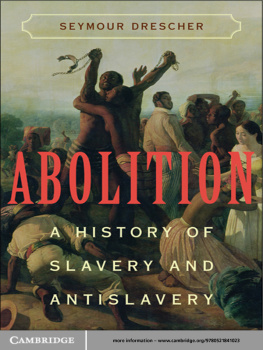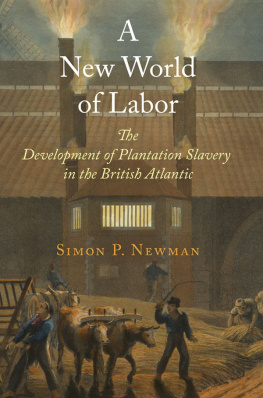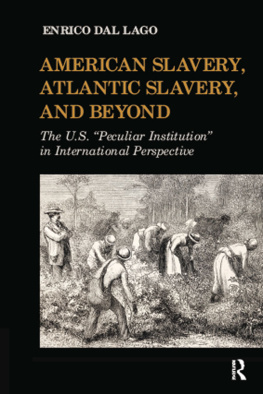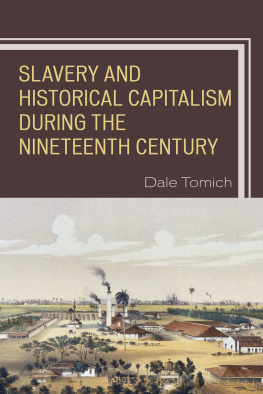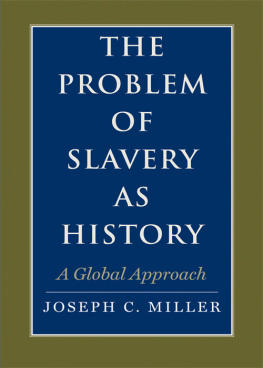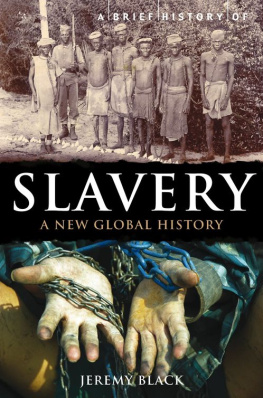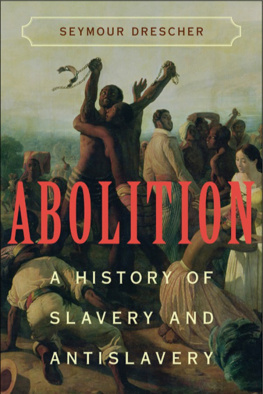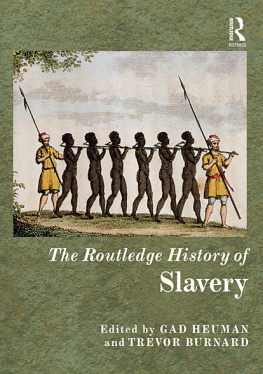As an institution of global proportions, slavery's fortunes rose and fell over the course of half a millennium. This book examines the intercontinental interaction of violence, economics, and civil society in accounting for the ebb and flow of slavery and antislavery. For thousands of years before the mid-fifteenth century, varieties of slavery existed throughout the world. It thrived in its economically and culturally developed regions. The institution was considered indispensable for the continued functioning of the highest forms of political or religious existence. It set limits on how a social order could be imagined.
Beyond the organization of society, enslavement was often conceived as the model for the hierarchical structure of the physical universe and the divine order. From this perspective, in a duly arranged cosmos, the institution was ultimately beneficial to both the enslaved and their masters. Whatever moral scruples or rationalizations might be attached to one or another of its dimensions, slavery seemed to be part of the natural order. It was as deeply embedded in human relations as warfare and destitution.
By the sixteenth century, however, some northwestern Europeans began to recognize an anomaly in their own evolution. Jurists in the kingdoms of England and France noted that slavery had disappeared from their realms. They claimed that no native-born residents were subject to that status. Although slavery might be recognized elsewhere as one of the normal facts of social relations, their own laws had ceased to sanction it. A freedom principle was now operative, for both their own native-born residents and even foreign slaves who reached their legal jurisdictions ceased to be slaves. The jurists of this freedom principle necessarily viewed their emancipatory enclave as a peculiar institution. Beyond their own free air or free soil, slavery remained a recognized legal status. There was no question that if the subjects of their realms entered zones of enslavement, they might still be reduced to the status of chattel.
For more than three centuries after 1450, Europeans, Asians, and Africans helped to sustain and expand slavery. Western Europeans did so far beyond their own borders. By 1750, some of their imperial extensions were demographically dominated by slaves to a degree unprecedented anywhere on earth. Their colonies were sites of systematic exploitation unparalleled in their productivity and rates of expansion.
At the end of the eighteenth century, this robust transoceanic system entered a new era of challenge, spearheaded by the emergence of another northwestern formation organized antislavery. On both sides of the Atlantic, residents of the world's most dynamic and efficient labor systems were also among those most committed to the extension and consolidation of the freedom principle. In the course of little more than a century, between the 1770s and the 1880s, that vast transoceanic extension of slavery created after 1450 was dismantled. The transatlantic slave trade that had once loaded more than 100,000 Africans per year was abolished. By the 1880s, the institution of slavery was abolished throughout the New World.
Then, in a second wave of European expansion from the 1880s to the 1930s, imperial dominion operated under the banner of antislavery, not slavery. By the early twentieth century, the institution's former quasi-universal status as a normal element of human existence had been revisioned as an institution fated for inexorable extinction. A world without slaves was now a casually accepted premise of human progress.
That was hardly the end of the story, however, during the second quarter of the twentieth century, slavery dramatically reappeared on the very continent that had prided itself as humanity's engine of emancipation against a crime against humanity. For a brief moment, Europe housed the largest single slave empire in five centuries of modern history.
Viewing these centuries of slavery, this book poses a number of questions. How did societies with the least involvement in slavery at home manage to create overseas extensions with the highest percentages of human chattel in the history of the world? How did new civil and political formations within and beyond Europe turn the tide of human affairs against that slave system at the very peak of its performance? How did a second age of empire-building in the Old World construct a more ambiguous emancipation strategy under the banner of imperial antislavery? And, how did antislavery's vanguard continent reconstruct slavery in the twentieth century?

